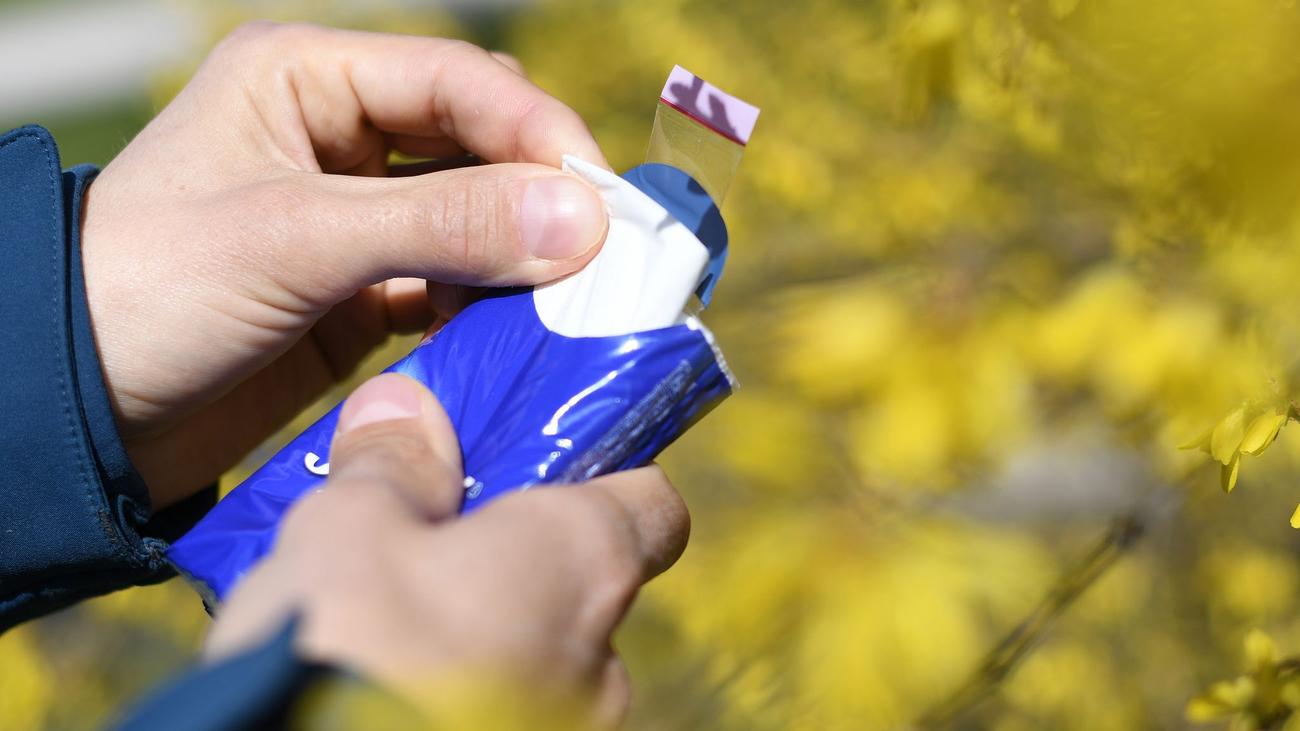
Early Pollen Season Brings Challenges for Allergy Sufferers in Germany
Despite the ongoing winter, the first pollen grains have already made an appearance in Baden-Württemberg. According to the German Weather Service (DWD), the Rhine Valley from Basel through Freiburg, Karlsruhe, and Mannheim is currently experiencing the highest pollen levels. The Bodensee region and the area around Stuttgart may also soon be affected as early bloomers such as hazel and alder trees begin to release their pollen.
This early start to the pollen season poses challenges for allergy sufferers, who are already battling symptoms like sneezing, itchy eyes, and nasal congestion.
"This is quite typical," says DWD expert Lothar Bock. "The pollen season often starts as early as January or February, even in December in some very mild winters."
However, despite the early onset, pollen levels in Germany remain lower than in previous years due to colder temperatures, according to the Stiftung Deutscher Polleninformationsdienst (PID) in Berlin. "It’s simply too cold," the PID reports. Nevertheless, the first traces of hazel and European alder pollen have been detected since before Christmas.
Allergy sufferers can monitor pollen levels and forecasts on the PID website and the DWD website.
Previously, winter offered a respite from allergies. However, climate change has shifted the seasons, with the last pollen from the previous season often coinciding with the first pollen of the new season.
According to a survey conducted by the Robert Koch Institute (RKI) from 2008 to 2011, approximately 15% of Germans suffer from hay fever (allergic rhinitis), while nearly 9% have bronchial asthma. Hay fever affects the upper respiratory tract, causing symptoms like sneezing and a runny nose, while asthma affects the lungs, leading to wheezing and shortness of breath.
The RKI reports that the prevalence of allergic diseases has increased significantly in Western countries since the 1970s and has stabilized at a high level, with asthma continuing to rise.
Pollen, tiny particles produced by plants for reproduction, are a primary cause of hay fever and other allergic reactions. They trigger symptoms in susceptible individuals when they come into contact with the nose, eyes, or respiratory system.
To manage pollen allergies, sufferers can use nasal sprays, eye drops, and tablets. Immunotherapy, such as injections or tablets (hyposensitization), can also reduce allergy symptoms at the source. Allergy sufferers should also limit exposure to pollen by keeping windows closed, washing hair before bed, and storing used clothing outside the bedroom. Mechanical barriers like pollen protection screens on windows can also help keep pollen out of the home.
